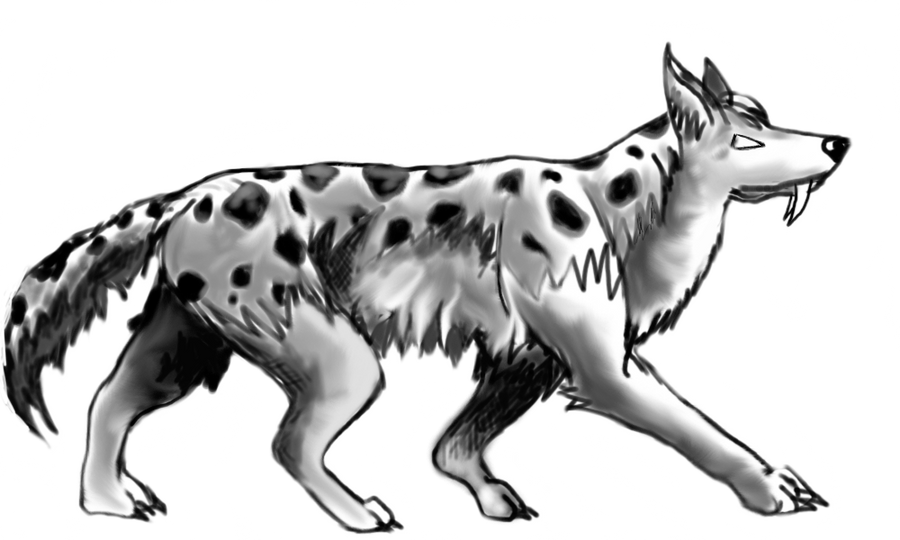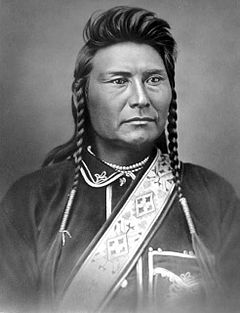Wednesday morning we continued south into Utah. By 5:00 we had reached Salt Lake City, where we ate dinner at a Tibetan restaurant. Tibetan food, intriguing as it sounds, turns out to just be Chinese food, but it was very good.
After dinner, we walked to Temple Square, aka Mormon Central, where we visited the Beehive House, home of Brigham Young.

The hand-carved wooden details were impressive.
And the garden was really pretty.

The beehive is a recurrent symbol in Utah and according to the Deseret News, "The hive and honey bees form our communal coat of arms…. It is a significant representation of the industry, harmony, order and frugality of the people, and of the sweet results of their toil, union and intelligent cooperation." Looking out over the fertile valley that surrounds Salt Lake City, I can’t help but admire the industry and commitment of the Mormon pioneers. "The wilderness and the solitary place shall be glad for them; and the desert shall rejoice, and blossom as the rose." Isaiah 35:1
Imagine all of this as a barren desert before the Mormons arrived.
Here is the famous Mormon Temple.
Up the street from Temple Square is a pretty little park featuring this statue. If any of my lady reenactor friends are reading this, what's wrong with this picture?

This lady looks more like she's wearing a bra than a corset!
Guess what the state bird of Utah is? You won’t believe it - the California Seagull! Why, you ask? According to Mormon folklore, seagulls miraculously saved the settlers’ 1848 crops by eating thousands of insects that were devouring their fields. After Brigham Young led the first band of Latter-day Saints into what is now Salt Lake City, the pioneers had the good fortune of a relatively mild winter, and seemed to be well on their way to self-sufficiency. But then disaster struck. Swarms of ravenous insects appeared, and threatened to devour the Mormon’s badly-needed first harvest. These insects, now called "Mormon crickets” because of this incident, appear in cyclical hordes. Mormon crickets eat all plant material in their path, as well as any insects in their way, including the dead of their own species. From Wikipedia
Utah History
Utah has a very dramatic history. From 1856 to 1860 groups of European Mormon pioneers came west to join the faithful and escape persecution in the east. But here’s the thing: they came on foot,
pulling handcarts. Amazingly, many of them made it, but a few did not.
From Wikipedia: Motivated to join their fellow Church members in Utah but lacking funds for full ox or horse teams, nearly 3,000 Mormon pioneers from England, Wales, Scotland and Scandanavia made the journey west to Utah in ten handcart companies. The trek was disastrous for two of the companies, which started their journey dangerously late and were caught by heavy snow and severe temperatures in central Wyoming. Despite a dramatic rescue effort, more than 210 of the 980 pioneers in these two companies died along the way. John Chislett, a survivor, wrote, "Many a father pulled his cart, with his little children on it, until the day preceding his death."
After Salt Lake City, we spent a night in Salina, Utah, where we noticed a sign about a massacre. When I looked it up on Wikipedia, I found this:
The Midnight Massacre occurred just after midnight on July 8, 1945, (two months
after the German surrender), when an American soldier, Private Clarence V. Bertucci, killed nine German prisoners of war and wounded twenty others at a camp in Salina, Utah. It is remembered for being "the worst massacre at a POW camp in U.S. history," and the ensuing conviction of Bertucci made him one of only three American soldiers prosecuted during World War II for killing Axis prisoners.
Interesting, but not what I was expecting. However, it turns out that Salina has seen several massacres. Black Hawk's War, from 1865 to 1872, is the name of the estimated 150 battles, skirmishes, raids, and military engagements between settlers in the area and members of the Ute, Paiute, Apache and Navajo tribes, led by a local Ute chief, Antonga Black Hawk. Black Hawk sent runners out asking Jake Arapeen's band to join Black Hawk's band in Salina Canyon. The settlers at Salina did not even notice that the Utes who had been living in the valley had all disappeared. The two bands together had about 90 men. They killed two white men in Salina Canyon and drove off Salina's entire herd of cattle and horses, bringing the total to about 125.
The eighty-four men of the Legion started up Salina Canyon on April 12. Thinking that the Indians would flee before such an imposing show of force, the militia failed to anticipate an ambush. In a narrow stretch of the canyon the Utes poured down arrows and bullets onto the mounted militia below. The instant panic that ensued among the untrained militia was a disaster. They left one wounded young man to his fate and the body of another behind. They didn't stop until they reached Salina and had to listen to the jeers and taunts of Black Hawk and his men that night. Too afraid to go back to the canyon to retrieve the bodies, Snow persuaded Sanpitch, a Sanpete Valley Chief to scout Salina Canyon for them so the settlers could retrieve the bodies of the two young men.
On the way to Salina, we passed this mountain thunderstorm of Biblical proportions! But fortunately it didn't reach the highway.
And finally, a lovely sunset. The sky is so
wide here.
 I also found this. The yellow-spotted wolf snake. Please tell me this isn't what the state of Utah wanted me to pull over to see! Is there such a thing as a spotted wolf? Sounds plausible, but I'm beginning to think I should file it under "hoop-snake!"
I also found this. The yellow-spotted wolf snake. Please tell me this isn't what the state of Utah wanted me to pull over to see! Is there such a thing as a spotted wolf? Sounds plausible, but I'm beginning to think I should file it under "hoop-snake!"






























